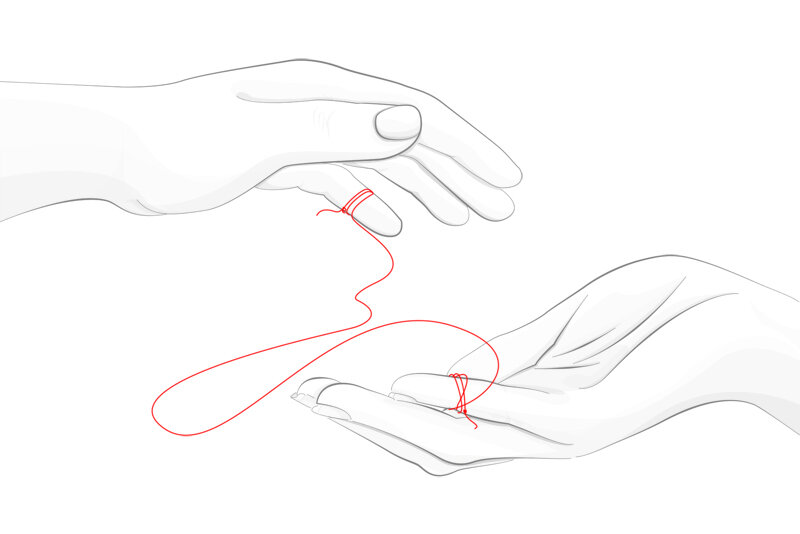The red thread that brings it all together - an origin story by Craig Vanderoef
If you’re a player in the industry then you may already be well-versed with the ‘red thread’ theory. It is seminal to the creative process & modern marketing vernacular but how has it become tied in with transparency?
July 13th, 2021
Written by Craig Vanderoef | Director of Customization Strategy at Vans


